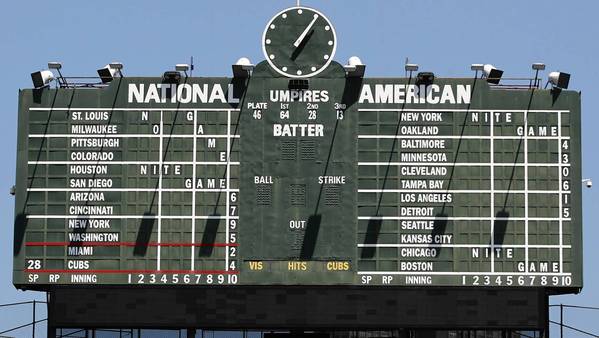My notes from the book “Jony Ive, The Genius Behind Apple’s Greatest Products,” by Leander Kahney
These are my notes from the book, Jony Ive, The Genius Behind Apple’s Greatest Products, by Leander Kahney. They may not make sense if you haven’t read the book yourself, but they’re the notes from the book I want to remember.
